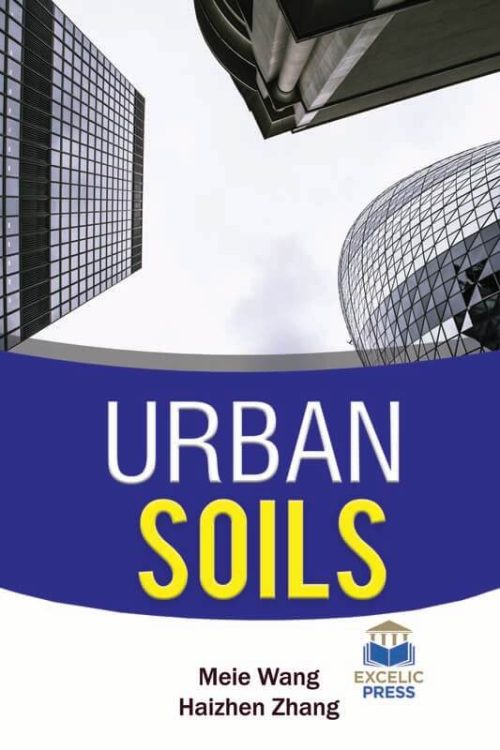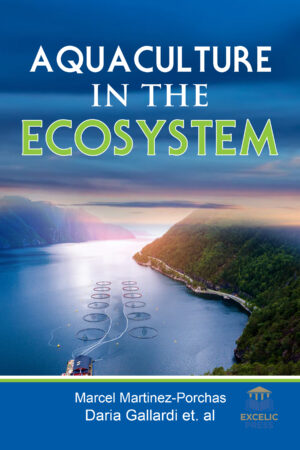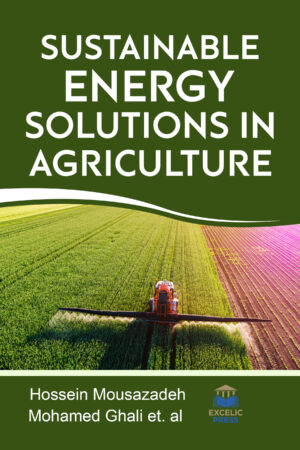Description
Pollution of soil by metals and the associated ecological and health risks are currently matters of increasing concern. Due to the large concentration of the human population, urban soil has a strong influence on human health. Growing concerns about cost, quality, and food security have led many cities to start looking into growing food locally by developing urban community gardens. Research shows that the current methods of soil management and control systems will be unable to adapt to the changes in the complex environment that exists. To protect the health of urban residents, the scientific and reasonable environmental health risk assessment and management system of environmental pollutants in urban soil have strong scientific, realistic, and strategic significances.
This book portrays a multidisciplinary overview of all facades of urban soils. This book characterizes the accumulation of heavy metals in the roadside soil of urban regions and evaluates the contribution of factors that are specific to urban environmental management of roads, like traffic intensity, plant cover and construction ages on the accumulation of heavy metal in soils. Urban agriculture has started gaining importance, for its reintroduction into urban society; however risks of soil quality and health persist due to high pollutant concentrations. Hence, to ensure the public health and food security, the assessment of soil quality in urban agricultural lands is necessary. This book evaluates the quality of soil used in urban agriculture using soil microbial assessment.
This book also examines the long-term dynamics of urban soil pollution with heavy metals and chemometric evaluation of the heavy metals in urban soil. Urban gardens are important locations for food production in cities, providing essential nutrients to communities that face food insecurity and also in the growth of culturally appropriate foods such as traditional fruits and vegetables which are unavailable in retail stores. In this book, we also attempt to understand the contribution and combination of decisions at the individual level, such as watering, vegetation, ground cover, and soil management affect how a gardener can maintain soil moisture in their plots during summer growing months, in the presence of high heat and extreme drought conditions.





